"At first glance, there is nothing unusual about Poplar Farm in south Norfolk. Approached by winding country lanes, a traditional farmhouse nestles behind a row of trees, assorted outbuildings and sheds stretch away and fields of wheat and barley await "

Driving an ASM R1: Aston Martin DBR1 replica
Thunder, lightning, the way you'll love this car is frightening
A thunderstorm is looming. Lightning zigzags beneath threatening clouds, and the sea of barley heads ripples a little more urgently in the gathering breeze.
I’m about to get wet. Very wet.
But a short, sharp soaking is a small price to pay for the chance to drive a car as beautiful and evocative as the ASM R1, a faithful recreation of the 1959 Le Mans-winning Aston Martin DBR1, hand-built right here in south Norfolk.
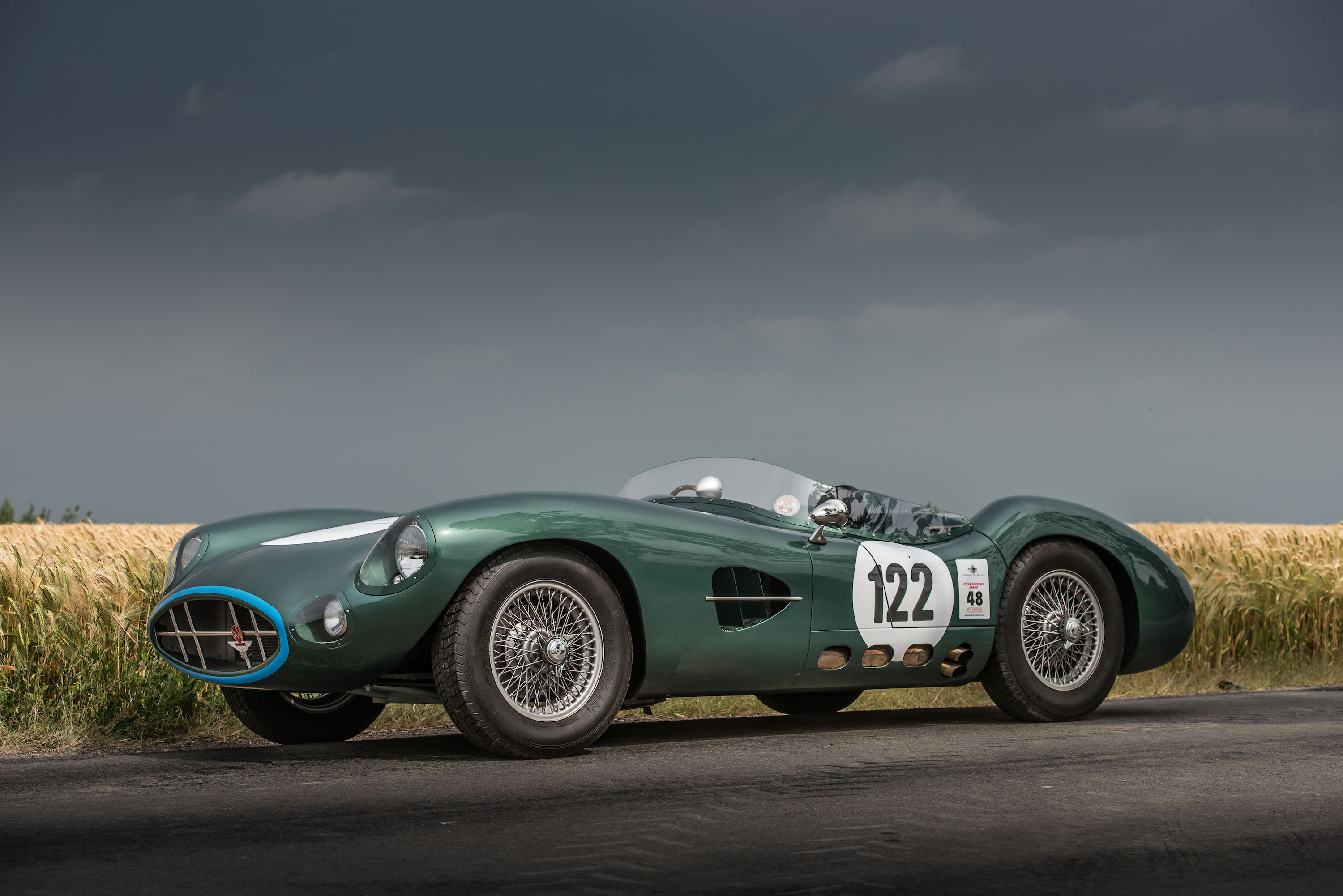
Andrew Soar of AS Motorsport, who grew up on nearby Poplar Farm and still harvests the fields each summer, is the man bringing this most significant of Astons into the modern era – each car selling for £80,000 for a fibreglass body or £130,000 for aluminium.
But that’s a snip given that one of only five original racing cars – chassis number DBR1/1 – sold for a record-breaking $22.5million (£17.5million) at Monterey in California in August, making it the most valuable British-made car in history.
For your money, you get the look, feel and authentic driving experience of a supreme 1950s racer, a car that, from the moment you slip behind the large wooden steering wheel, transports you back six decades to the golden age of motorsport.
An era when Stirling Moss, Jim Clark, Carroll Shelby, Roy Salvadori and Jack Brabham took on and regularly beat the Ferraris and Maseratis driven by the likes of Mike Hawthorn and Juan Manuel Fangio.
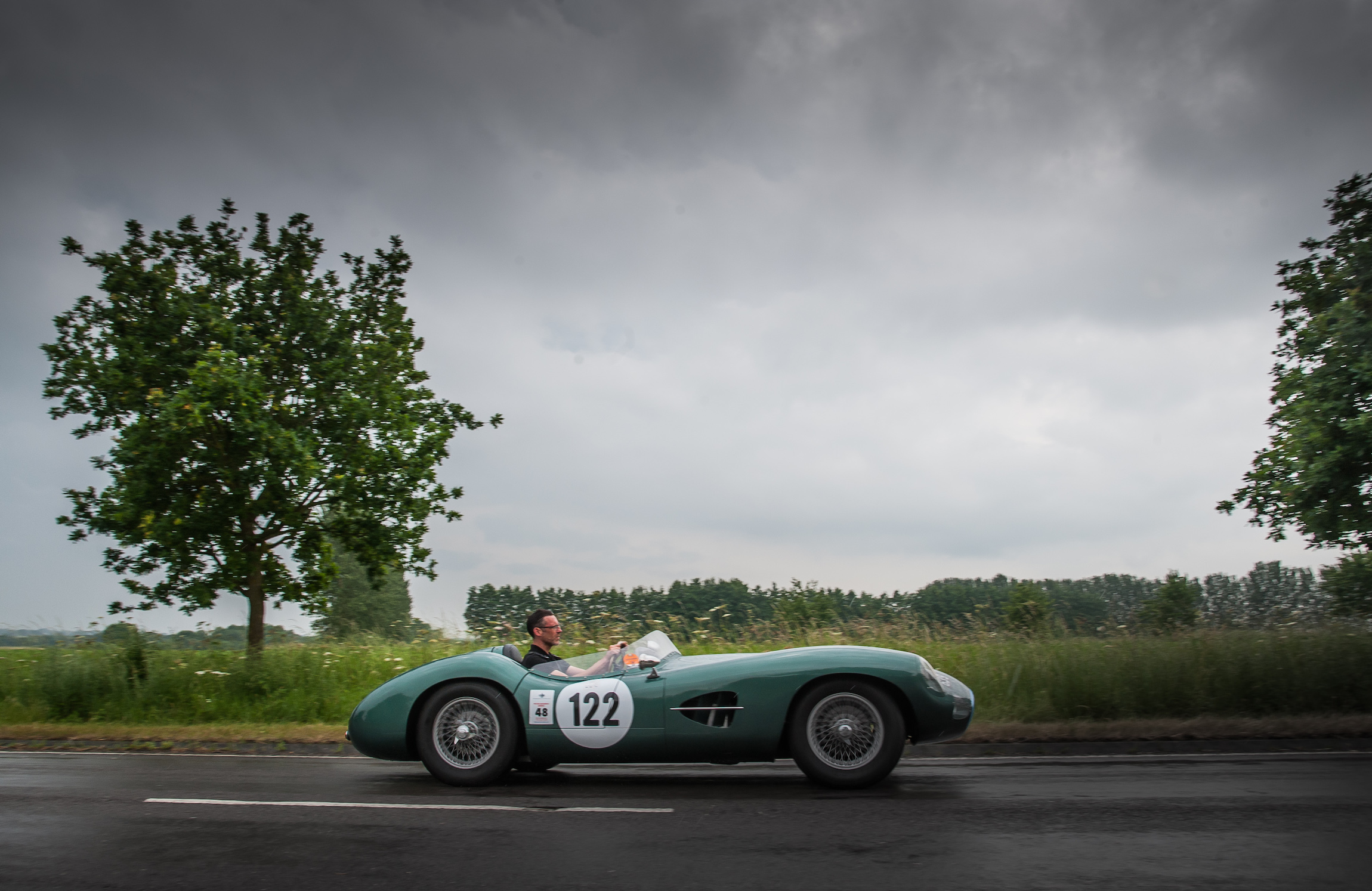
From the outside, the ASM is simply stunning – slim-waisted, with bulging thighs and those long, flowing wings that seem to rise forever before dipping slightly as the covered lights give way to that famous, elliptical, pouting front end.
In the driver’s seat, the spartan interior, all metal, exposed tubular chassis, and minimal – yet surprisingly comfortable – seats, reminds you that this is no luxury modern roadster, but the inside of a car built for the circuit.
Andrew has been driving the car, one of 42 he and his team at AS Motorsport will have hand-crafted by the end of this year, for half an hour for our photoshoot, and now it’s my turn.
I adjust the seat to suit my 6ft 1in frame, strap on the racing seat belt, familiarise myself with the relatively closely-aligned pedals, light switch, and non-cancelling indicators, and bring the 4.2-litre Jaguar straight six engine to growling life.
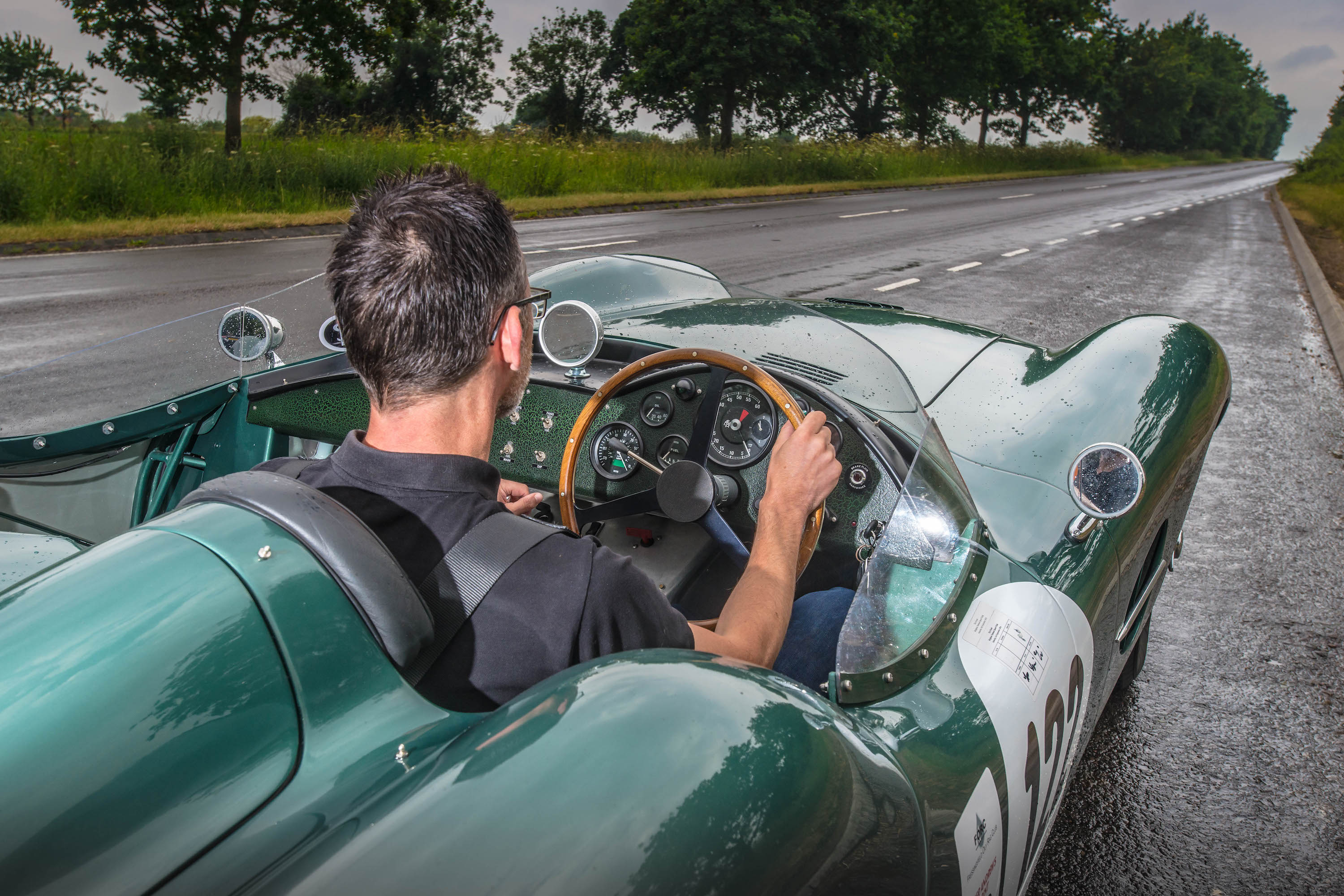
As I move cagily off – I’m driving on a “you bend it, you buy it” basis – the first large raindrops splat on to the tiny screen.
I offer to abort, but Andrew is having none of it. Farmers are not generally shy of a spot of rain and, anyway, “it adds to the drama”.
Within a couple of minutes though, the summer squall is in full voice, thunder synchronising with that deep exhaust note, and rain so heavy it stings the face and – as I wear glasses – visibility is measured in inches, not yards.
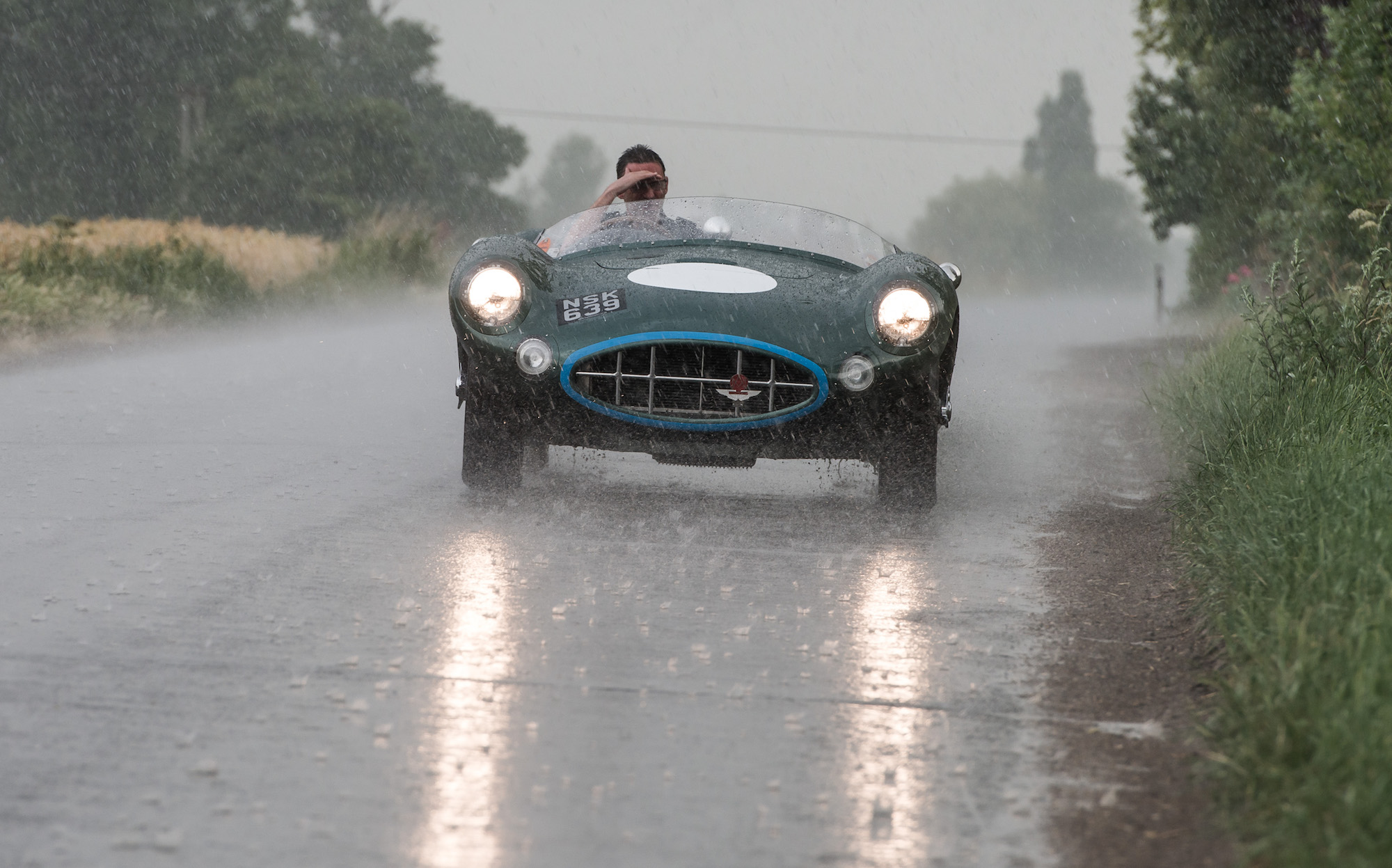
You have to laugh. We stop and wait for the storm to pass, but there’ll be no throwing this car round bends on the sodden roads to test Moss’s claim that this was the best balanced car he ever drove.
But I can tell you this much: this is the most fun you can have with your (soaked) clothes on.
Power delivery is incredibly linear, the car accelerating smoothly through the five-speed, slick gearbox, the rack and pinion, unassisted steering precise and fully in touch with the road.
Similarly unassisted disc brakes all round require a firmer shove than the driver of a modern car would be used to, but respond admirably.
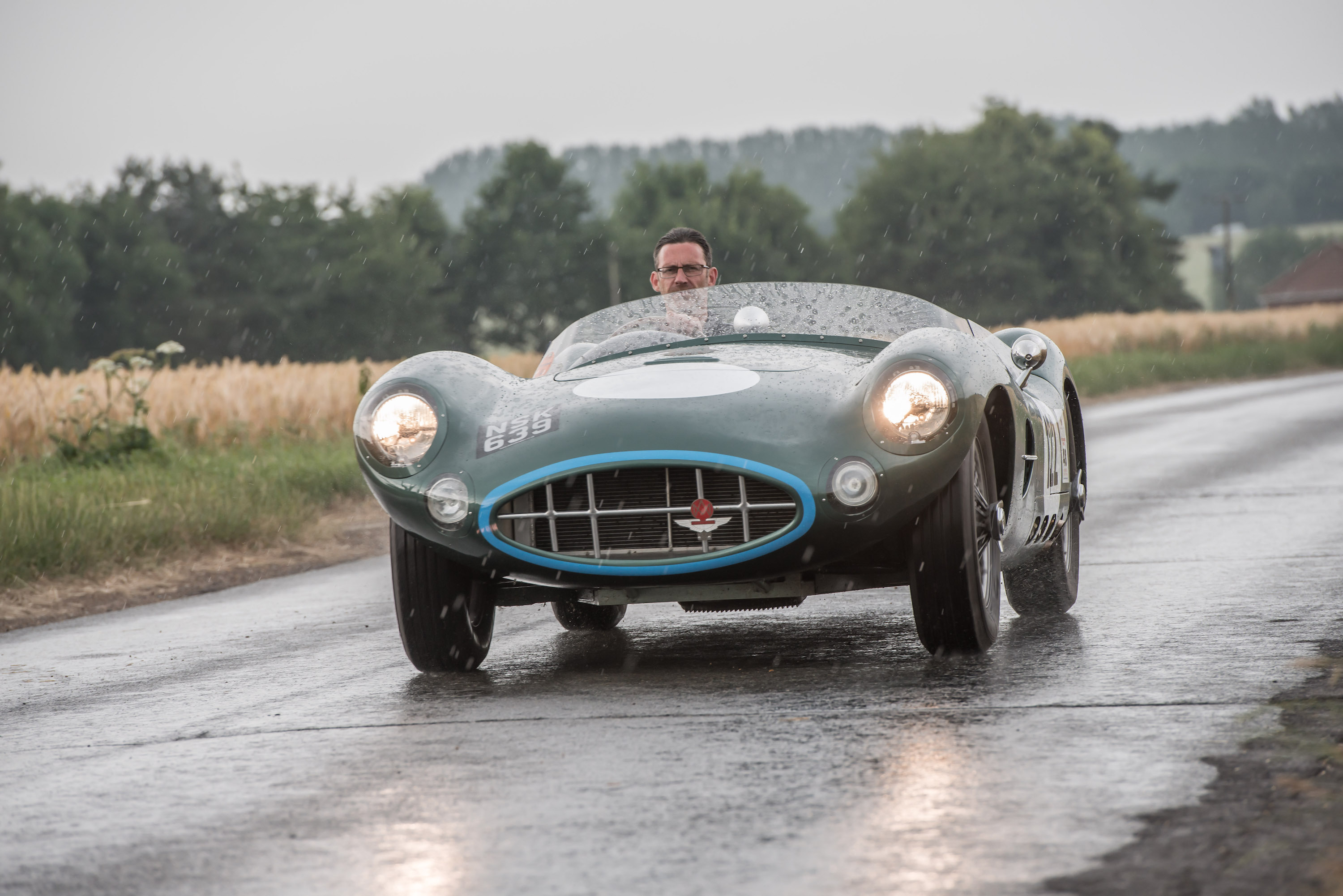
The standard car, with a 3.4-litre Jaguar engine, produces about 200bhp, and between 250lb ft and 275lb ft of torque, more than enough to give a modern hot hatch a fright.
At higher speeds, the car – weighing in at 900kg – feels stable and secure, the sense of speed only heightened by the low-slung and open cockpit.
Unlike modern roadsters, with their higher windscreens and rear wind deflectors, you are at one with the elements; this is a visceral driving experience that would be hard to beat.
The straight-six engine’s raucous exhaust note floats over the open, gently undulating Norfolk fields, the free-revving unit urging you on to put your foot down.
Flooring the throttle results in a surge of power, and a crisp roar from the side-mounted exhaust below the passenger door, as you’re swept round the curving country roads in this part of the world with fantastically-fluid alacrity.
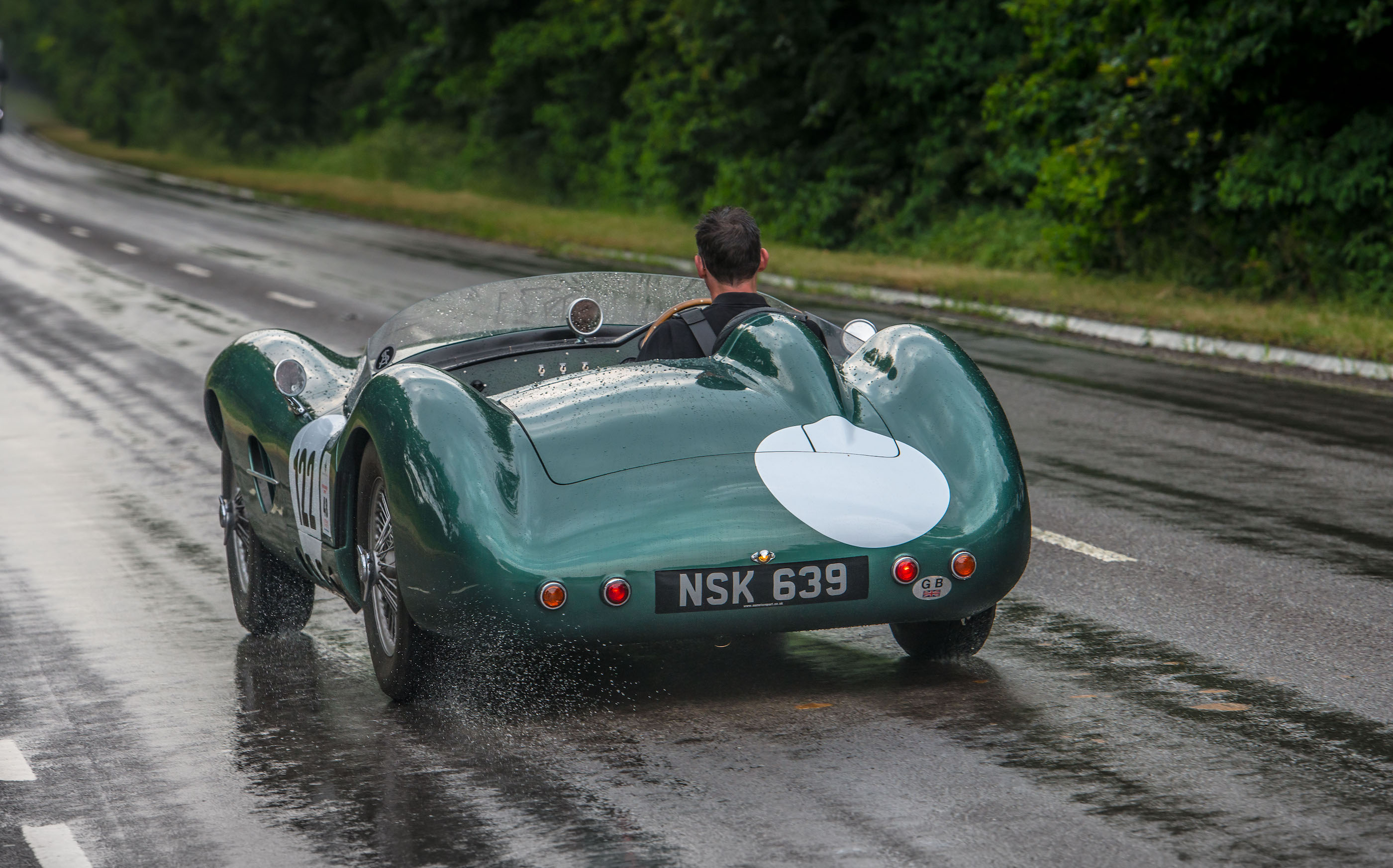
It’s a wonderfully raw experience, yet the ride is exceptional for a car modelled on a racer six decades old, and as you slip down in your seat, à la Moss, it’s possible to imagine yourself leading those Ferraris at Le Mans a merry dance.
If it’s turned heads and lingering stares you’re after, few cars will come close – the educated will wonder if this really is the fabled DBR1, the majority will just want to keep this throwback to the 1950s in their sights for as long as possible. On my drive, most were probably also wondering what this lunatic was doing driving such a car in a thunderstorm.
England has a fine tradition of producing hand-built sports car, of men in sheds labouring with love, testing, honing and finally producing cars with their own unique personality.
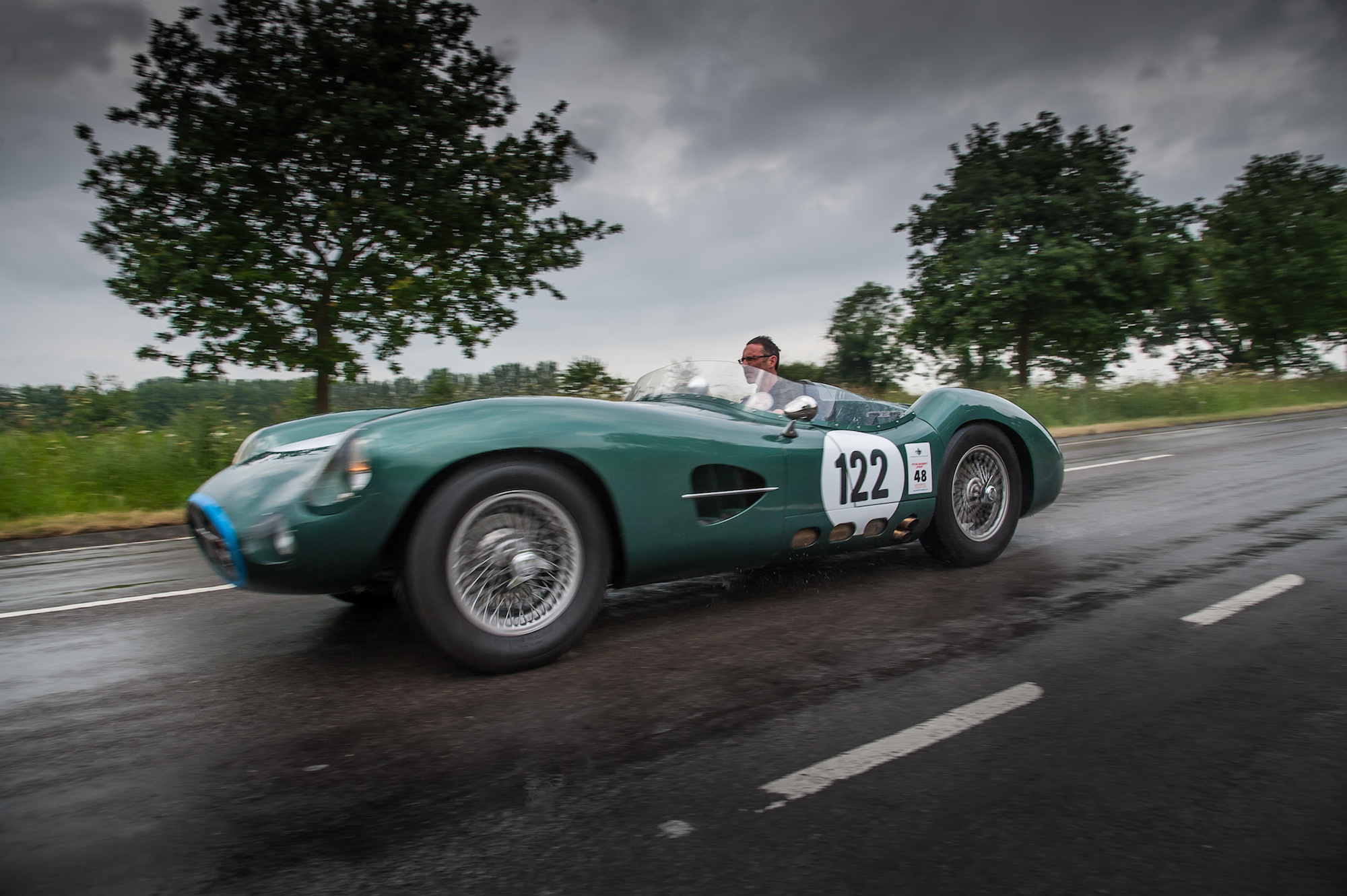
This car is the result of a decade of continuous development and improvement, blending a mixture of David Brown’s original specification with modern, computer-aided engineering techniques to produce a car built to drive and handle like the originals.
When fitted with period cross-ply tyres, Andrew says you can enjoy a real Le Mans-style driving experience. I’m not going to argue.
Sure, for this money you could get yourself a new Porsche 911, F-Type or a handful of MX-5s but, quite apart from the depreciation on those cars, you’d be missing out on a bucketload of pure, unalloyed fun.
And, with only a handful on the road in the UK, exclusivity is assured.
Just try to avoid thunderstorms.
Pics by Simon Finlay.
A brief history of the DBR1
Industrialist and tractor manufacturer David Brown bought Aston Martin for £20,500 in 1947, and set his sights on victory at Le Mans.
Rule changes for 1956 sports car racing meant that entrants no longer needed to be road legal, or based on road legal cars, like the DB3S, giving Aston Martin a clean slate to build a potential world-beater.
The following year, with an upgraded 3-litre engine, Aston knew they had a car that could challenge the Jaguars, Ferraris and Maseratis, with wins at Spa and the 1000km Nurburgring, though both cars failed to finish at Le Mans.
It was a similar story in 1958, with a third car added to the roster only adding to the number of Astons limping out of Le Mans.
But with two further cars added for 1959, one a spare chassis sold to privateer Graham Whitehead, the team was all set to record arguably its greatest ever motorsports triumph.
At Le Mans Moss and Jack Fairman, in DBR1/3, were sent out as hares to induce the Ferraris to chase them, setting a ferocious pace that took its toll on much of the field.
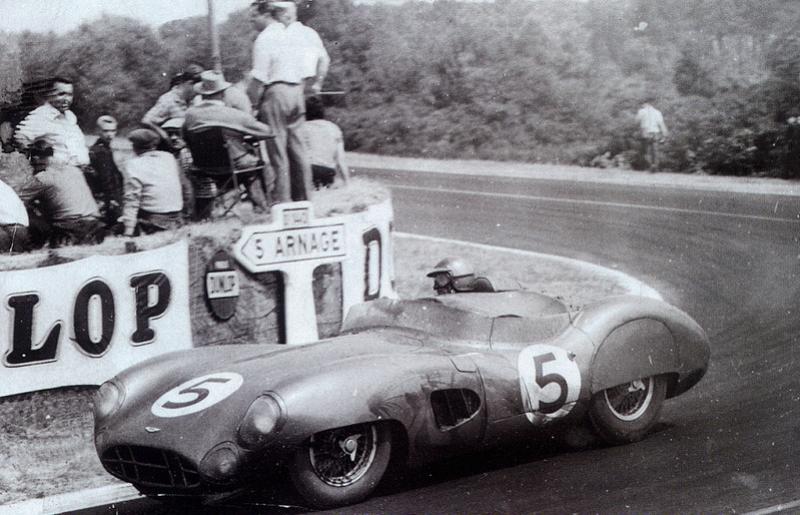
The British pair’s car suffered engine failure on lap 70, but the tactic had worked as 23 cars had retired by lap 100.
Acting as a sacrificial pacemaker, Moss and Fairman had cleared the way for Carroll Shelby and Roy Salvadori, in DBR1/2, to overcome the struggling Ferraris that were still running, with teammates Maurice Trintignant and Paul Frere close behind in DBR1/4.
Such was the pace of the Aston Martin, the third car home was 26 laps behind the winners, and only 13 cars out of 54 starters completed the race.
Other successes that year, including at the Nurburgring and Goodwood TT, gave Aston Martin the overall Sportscar World Title.
His ambition fulfilled, David Brown opted to concentrate on Formula One for 1960 – and only five DBR1s were ever made.
CLICK TO ENLARGE










